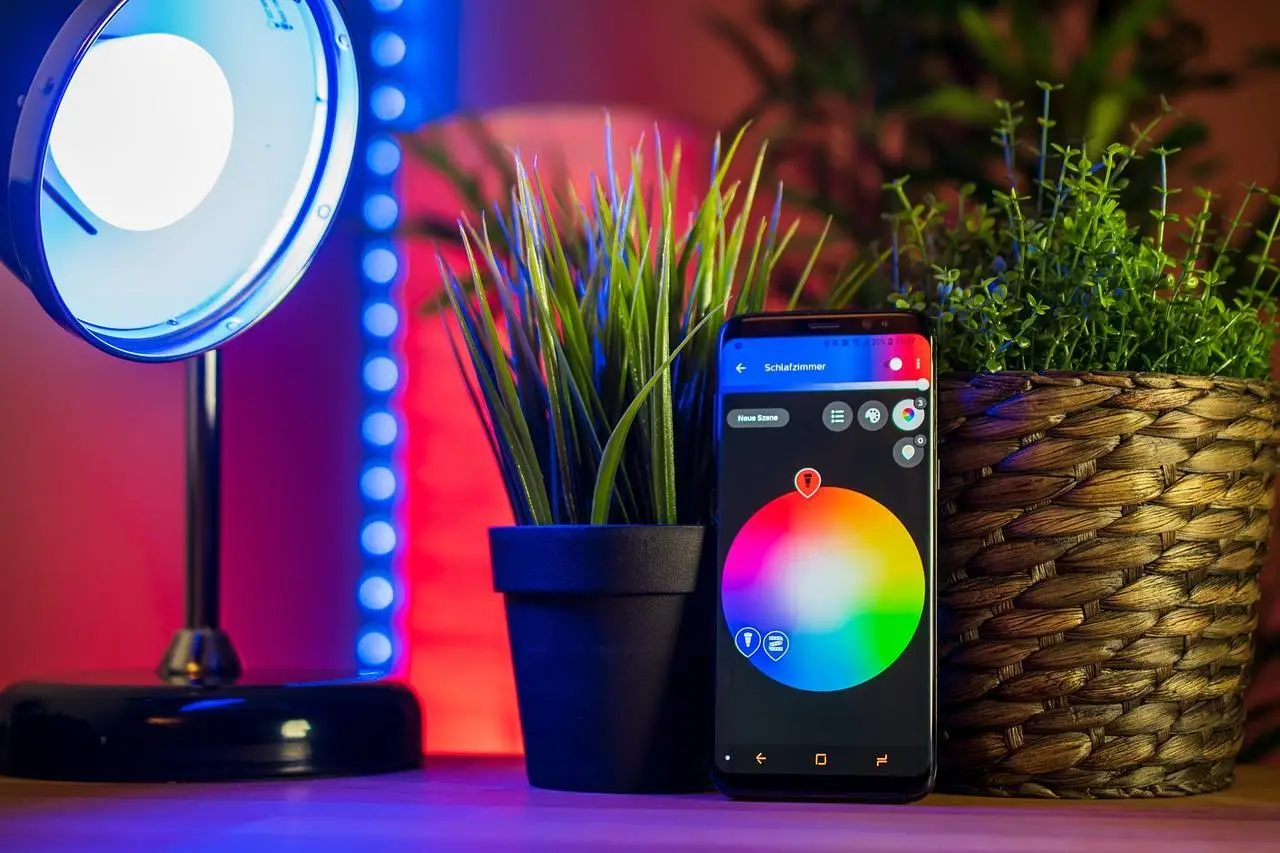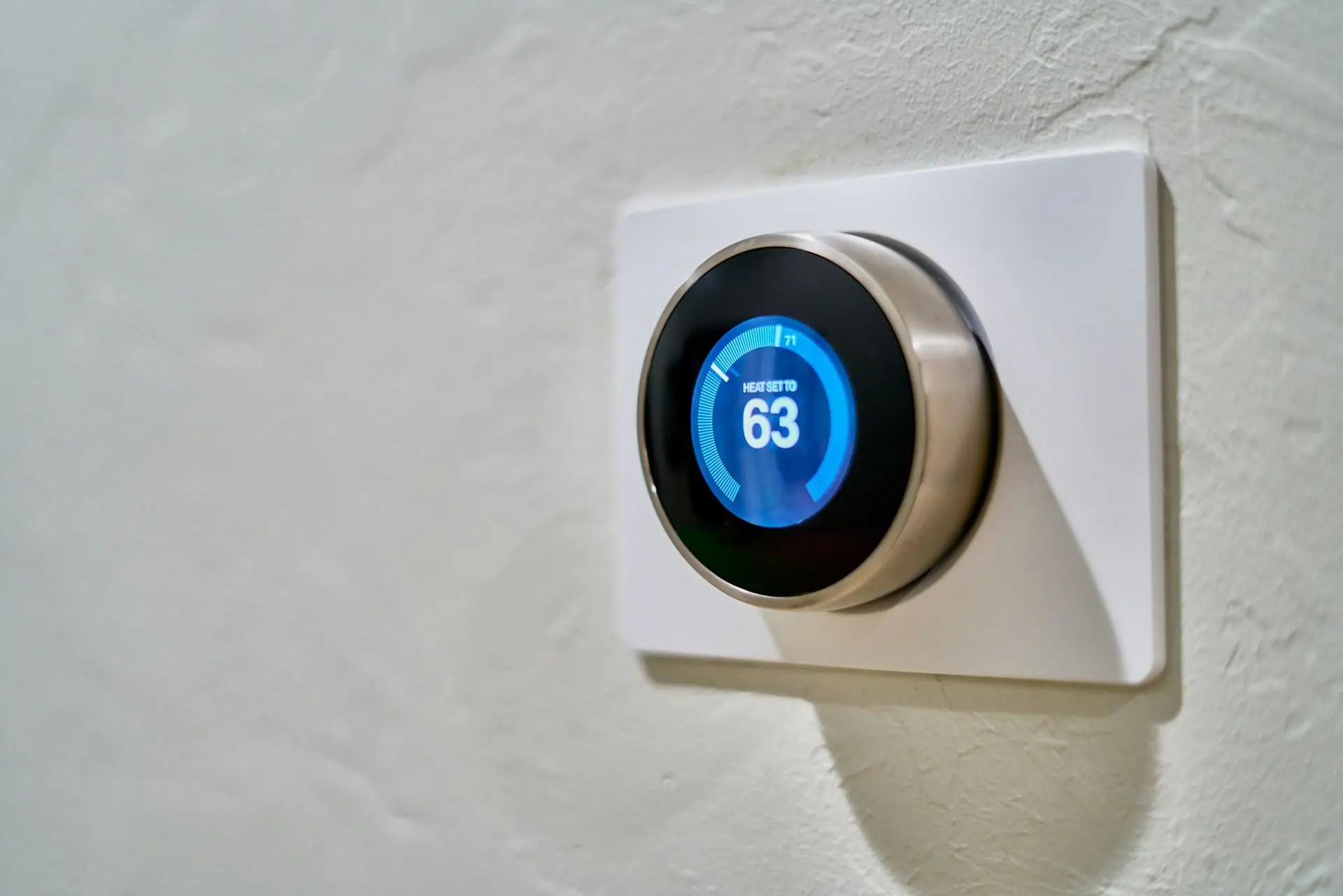Comparative Guide to the Top Smart Home Assistants
The Role of Smart Home Assistants in Smart Technology
As homes increasingly embrace smart technology, smart home assistants have emerged as their central command hubs. These devices control and communicate with various smart devices within the home, from lights and thermostats to security systems and entertainment centers. Selecting the right smart home assistant is critical, as it influences both functionality and user experience in the increasingly interconnected digital living space. This comparison guide examines the leading smart home assistants on the market today, highlighting their features, strengths, weaknesses, and how they stack up against one another.
Understanding Smart Technology: Foundations of Smart Home Assistants
A. Defining Smart Technology
Smart technology refers to devices and systems that connect to the internet, allowing them to collect, share, and analyze data autonomously. These technologies are embedded in everyday objects, transforming traditional items into more interactive and responsive solutions. Examples include smart refrigerators that notify users about their contents, smart thermostats that learn user preferences, and smart locks that can be controlled remotely.
B. The Role of Smart Assistants in Home Automation
Smart assistants act as the brain behind home automation, enabling users to control their smart devices through simple voice commands or mobile apps. By integrating seamlessly with other smart technologies, these assistants provide a user-friendly interface for interacting with an array of gadgets, making it easier for households to leverage the full benefits of a connected ecosystem.
Exploring Major Smart Home Assistants
A. Amazon Alexa
Amazon's Alexa is one of the most popular smart home assistants, known for its extensive compatibility with a plethora of third-party devices. Alexa excels in areas such as voice recognition, allowing users to perform tasks like playing music, controlling lights, and checking the weather with ease. However, the vast number of skills and functionalities can be overwhelming for new users, and privacy concerns have been raised regarding data usage.
B. Google Assistant
Another strong contender in the smart assistant arena is Google Assistant, which stands out for its integration with Google services such as Gmail, Google Calendar, and Google Maps. This integration provides users with comprehensive answers and contextual information. However, while Google Assistant performs exceptionally well in searching and providing information, it may be less suited for those deeply invested in other ecosystems, such as Amazon.
C. Apple Siri
Apple's Siri is closely tied to its ecosystem, offering seamless integration with Apple products and HomeKit. Siri is particularly suited for those already using Apple devices, enabling easy access to music, smart home controls, and personal requests. However, Siri's compatibility with third-party devices isn’t as extensive as Alexa’s or Google Assistant’s, which may limit user options.
D. Microsoft Cortana
Once a key player in the smart assistant space, Microsoft’s Cortana has shifted focus away from general consumer use towards enterprise solutions. While it still includes features for managing tasks and reminders, its presence in the smart home market has diminished, making room for emerging alternatives that focus on enhancing user experiences in homes.
Comparing Smart Home Assistants: Key Features
A. Voice Recognition and Natural Language Processing
Voice recognition accuracy and responsiveness are crucial for any smart assistant. Alexa and Google Assistant both excel in natural language processing, making them highly effective in understanding user commands. Moreover, they offer support for multiple languages and dialects, which enhances accessibility for diverse user groups.
B. Ecosystem Compatibility
Compatibility varies significantly among smart home assistants. Amazon Alexa boasts a vast ecosystem, with compatibility across countless smart devices. Google Assistant also supports various devices, while Apple Siri is limited to those within the Apple ecosystem. Users should consider their existing devices when choosing a smart assistant to ensure optimal functionality.
C. User Interface and Experience
User satisfaction can hinge on the interface accessibility of smart assistants. Alexa provides a robust app experience but can be complex for beginners. Google Assistant's user interface is intuitive, particularly for users familiar with Google products. Siri, while effective, often requires an Apple device, which can restrict its use for some.
D. Additional Features
Smart routines enable users to automate tasks based on triggers—such as time of day or voice commands—making day-to-day living easier. Additionally, privacy and security are increasingly critical, with users needing to evaluate how each assistant manages data and privacy settings in light of growing concerns.
Making the Right Choice for Your Smart Home
A. Identifying Your Needs
When navigating the smart home landscape, it's essential to assess personal needs. Consider the types of devices installed in the home and evaluate specific requirements—whether for music, security, or energy management.
B. Budget Considerations
Pricing varies widely among smart home assistants. While some options are affordable, hidden costs—such as the need for compatible hardware or subscriptions—should be factored into any decision.
C. Future-Proofing Your Selection
With rapid advancements in smart technology, it's vital to consider the longevity of your chosen smart assistant. Assess the software support availability and forecast potential future updates that could influence functionality.
Trends Shaping the Future of Smart Technology and Assistants
A. Evolution of Smart Home Ecosystems
The smart home landscape is constantly evolving, with advancements in the Internet of Things (IoT) showing promise for enhanced connectivity and control. Emerging technologies may soon offer further integration and interaction between devices, paving the way for the next generation of smart home assistants.
B. Personalization and AI Developments
As machine learning continues to develop, personalized interactions will likely become more prevalent, allowing smart assistants to better understand user preferences and anticipate needs. This could enhance the overall user experience and create a more intuitive smart home environment.
In summary, the selection of a smart home assistant has significant implications for the efficiency and functionality of a smart technology ecosystem. As these devices evolve, understanding their features, strengths, limitations, and alignment with personal needs can empower users to make informed choices. Exploring options in the context of individual preferences and emerging trends will ensure that chosen solutions remain relevant and effective in an ever-changing technological landscape.









